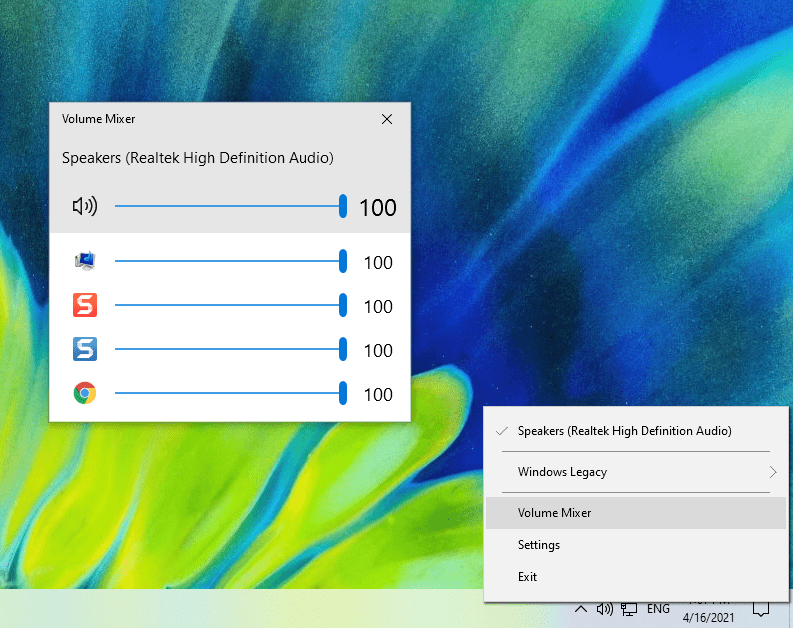

Check the Perform a quick format option.You can't convert bootable drives that contain an installation of Windows. Quick note: You can also convert the storage drive. Right-click the disk and select the Convert to Dynamic Disk option.
#Volume manager windows
If you must convert from Basic to Dynamic Disk on Windows 11, use these steps:

However, it's still recommended to create a backup of data before proceeding. This is a non-destructive process, which means that you should be able to convert the drive without worrying about the data. For example, you may need to convert a drive to dynamic to set up simple, spanned, striped, mirrored, and RAID 5 volumes. However, you can also convert the storage to a "Dynamic Disk" to take advantage of many other storage features. The Disk Management tool also lets you start a drive as "Basic Disk" or "Dynamic Disk." A "Basic Disk" is the default option when initializing a drive that allows you to manage partitions and data.
#Volume manager how to
How to manage drives with Disk Management settings on Windows 11 Once you complete the steps, the data will be erased, and the volume deleted from the hard drive. Click the Storage page on the right side.

To convert a secondary drive from MBR to GPT, use these steps: However, it's recommended to back up any data as changing partition styles will completely erase the drive. If you must change partition styles, you can perform this task from the drive settings. The GPT style overcomes the limitations for drives up to 9.4ZB and supports 128 primary partitions, and it's the style required for devices using Unified Extensible Firmware Interface (UEFI).Īlthough the partition style should already be GPT, you may still come across volumes partitioned using the legacy MBR. The MBR is the legacy style required for the Basic Input/Output System (BIOS) and supports up to 2TB of storage and four partitions. GUID Partition Table (GPT) and Master Boot Record (MBR) are partition styles that define how data is stored on drives. Source: Windows Central (Image credit: Source: Windows Central)Īfter you complete the steps, you will find detailed information about the volume.


 0 kommentar(er)
0 kommentar(er)
